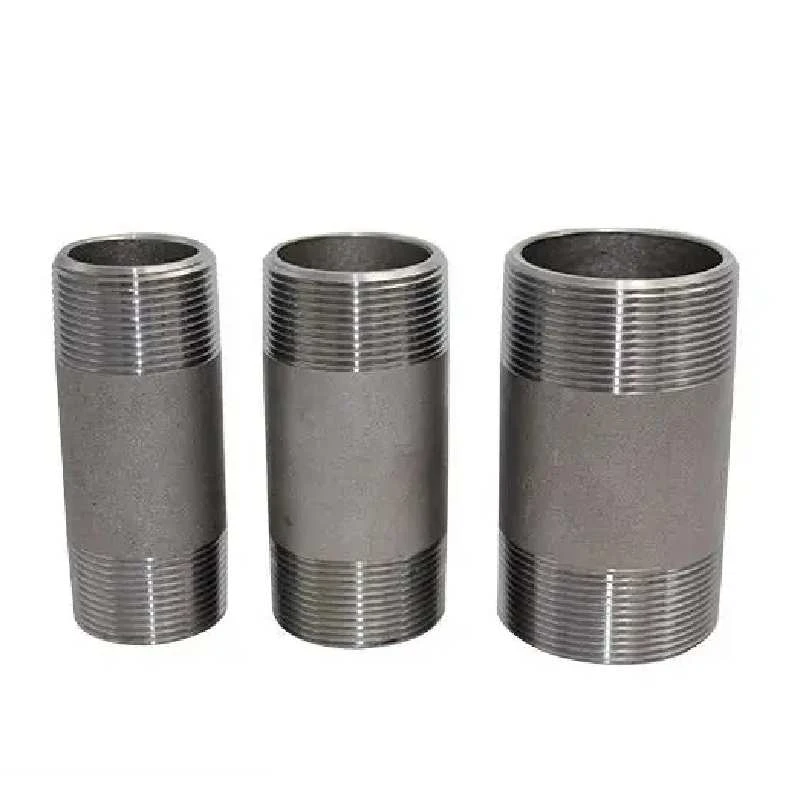-
Cangzhou Yulong Steel Co., Ltd.
-
Phone:
+86 13303177267 -
Email:
admin@ylsteelfittings.com
- English
- Arabic
- Italian
- Spanish
- Portuguese
- German
- kazakh
- Persian
- Greek
- French
- Russian
- Polish
- Thai
- Indonesian
- Vietnamese
- Zulu
- Korean
- Uzbek
- Hindi
- Serbian
- Malay
- Ukrainian
- Gujarati
- Haitian Creole
- hausa
- hawaiian
- Hebrew
- Miao
- Hungarian
- Icelandic
- igbo
- irish
- Japanese
- Javanese
- Kannada
- Khmer
- Rwandese
- Afrikaans
- Albanian
- Amharic
- Armenian
- Azerbaijani
- Basque
- Belarusian
- Bengali
- Bosnian
- Bulgarian
- Catalan
- Cebuano
- China
- China (Taiwan)
- Corsican
- Croatian
- Czech
- Danish
- Esperanto
- Estonian
- Finnish
- Frisian
- Galician
- Georgian
- Kurdish
- Kyrgyz
- Lao
- Latin
- Latvian
- Lithuanian
- Luxembourgish
- Macedonian
- Malgashi
- Malayalam
- Maltese
- Maori
- Marathi
- Mongolian
- Myanmar
- Nepali
- Norwegian
- Norwegian
- Occitan
- Pashto
- Dutch
- Punjabi
- Romanian
- Samoan
- Scottish Gaelic
- Sesotho
- Shona
- Sindhi
- Sinhala
- Slovak
- Slovenian
- Somali
- Sundanese
- Swahili
- Swedish
- Tagalog
- Tajik
- Tamil
- Tatar
- Telugu
- Turkish
- Turkmen
- Urdu
- Uighur
- Welsh
- Bantu
- Yiddish
- Yoruba

Dec . 15, 2024 21:13 Back to list
different types of pipe flanges
Understanding Different Types of Pipe Flanges
Flanges are critical components in piping systems, designed to connect various piping systems and facilitate maintenance and operations. They are available in various types, materials, and designs, depending on their application requirements. In this article, we'll explore the different types of pipe flanges, their functions, and their typical uses.
1. Flat Face Flange
The flat face flange is designed with a flat surface that mates directly with another flat surface. This flange type is typically used in applications that involve less pressure. The absence of a raised face allows it to be used in environments where there might be concerns about contamination or where there are no stringent requirements for sealing. Flat face flanges are commonly found in low-pressure applications and are popular in industries like food and beverage where hygiene is essential.
2. Raised Face Flange
The raised face flange has a small raised area around the bore, which enhances the sealing capability of the flange. This type is the most commonly used flange and is suitable for high-pressure systems. The elevation of the sealing surface increases the contact area of the gasket, providing a better seal and reducing the likelihood of leakage. Raised face flanges are extensively used in oil and gas, chemical processing, and power generation industries.
3. Blind Flange
Blind flanges are essentially round plates used to block off the end of a piping system, or to close a vessel opening. They do not have a bore and are typically used for maintenance, allowing a section of the piping system to be removed without draining the whole process. Blind flanges are crucial in isolating parts of the system for repair or inspection, making them vital components in any plant operation.
4. Socket Weld Flange
different types of pipe flanges

Socket weld flanges feature a socket-like connection, where the pipe is inserted into the flange, and then welded around the circumference. This type of flange is preferred for piping with a diameter of less than 4 inches and is often used in high-pressure applications. Socket weld flanges are commonly utilized in the oil and gas industry as well as in power plants due to their robustness and strong connections.
5. Slip-On Flange
As the name suggests, slip-on flanges are designed to slide over the pipe, after which they are welded from both sides to ensure a strong hold. This flexibility makes them easier to align compared to other flanges. Slip-on flanges are cost-effective and ideal for lower pressure applications. They are widely used in various piping systems, including HVAC systems and general plumbing.
6. Threaded Flange
Threaded flanges are designed with internal threads, allowing them to be screwed directly onto the external threads of the pipe. This type of flange is suitable for applications where welding is not desired or feasible. It is often used in situations where modifications or adjustments need to be made frequently, such as in some chemical processing applications. However, threaded flanges are not recommended for high-pressure and high-temperature environments due to their weaker seal integrity.
7. Lap Joint Flange
Lap joint flanges consist of two components a flange and a stub end. The stub end is welded to the pipe, while the flange can rotate around it. This design allows for easy alignment and disassembly. Lap joint flanges are commonly used in applications that require frequent maintenance, making them ideal for industries such as shipbuilding, chemical processing, and power generation.
Conclusion
Understanding the different types of pipe flanges and their respective applications is essential for engineers and technicians in various industries. The selection of the appropriate flange type is crucial for ensuring the integrity of piping systems, facilitating ease of maintenance, and preventing leaks. By choosing the right flange, industries can enhance the reliability and efficiency of their operations while also complying with safety regulations. Whether for high-pressure systems or standard applications, the right flange type will ensure a solid connection for years to come.
Latest news
-
ANSI 150P SS304 SO FLANGE
NewsFeb.14,2025
-
ASTM A333GR6 STEEL PIPE
NewsJan.20,2025
-
ANSI B16.5 WELDING NECK FLANGE
NewsJan.15,2026
-
ANSI B16.5 SLIP-ON FLANGE
NewsApr.19,2024
-
SABS 1123 FLANGE
NewsJan.15,2025
-
DIN86044 PLATE FLANGE
NewsApr.19,2024
-
DIN2527 BLIND FLANGE
NewsApr.12,2024
-
JIS B2311 Butt-Welding Fittings LR/SR 45°/90° /180°Seamless/Weld
NewsApr.23,2024











